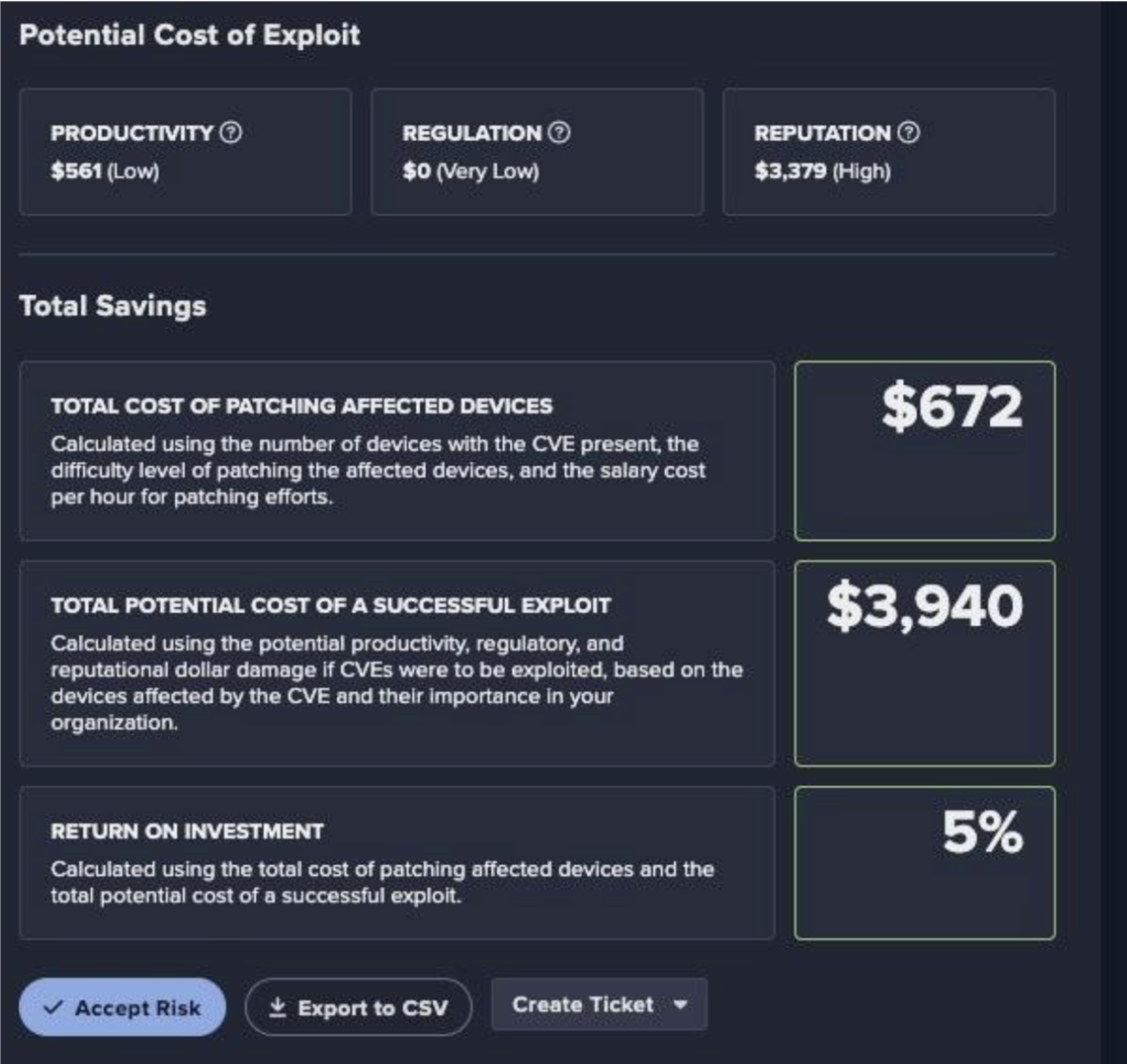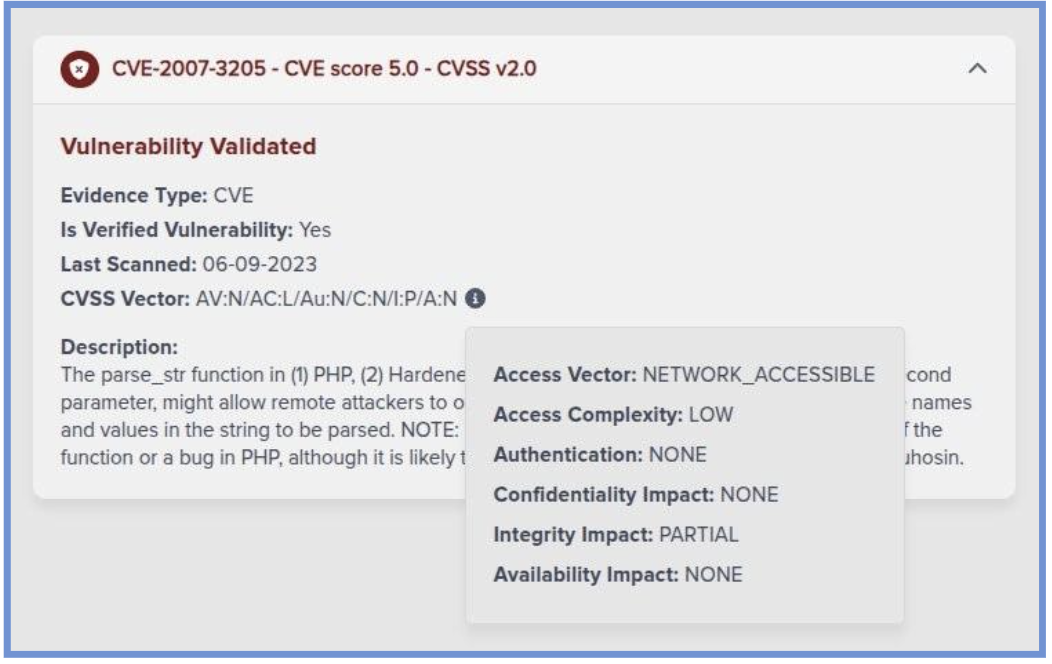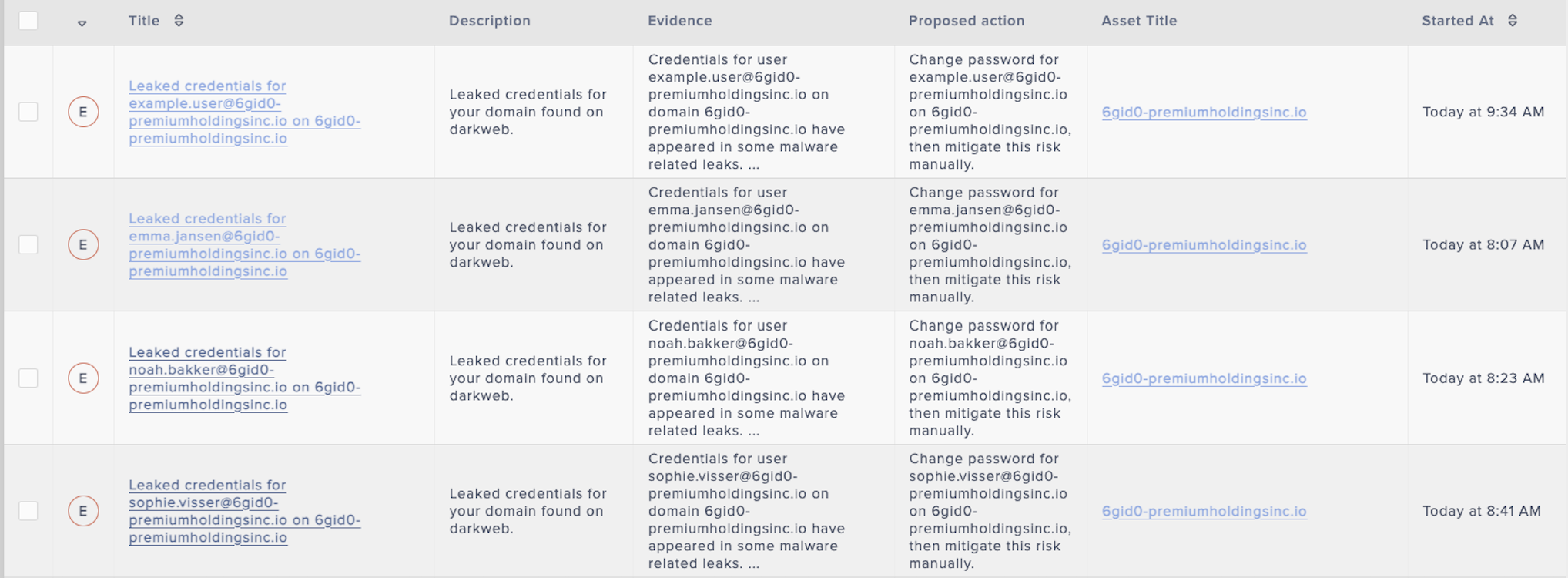What is threat hunting?
Threat hunting in cybersecurity involves proactively and iteratively searching through networks and datasets to detect threats that evade existing automated security solutions. It is an important component of a strong cybersecurity posture.
There are several frameworks that Darktrace analysts use to guide how threat hunting is carried out, some of which are:
- MITRE Attack
- Tactics, Techniques, Procedures (TTPs)
- Diamond Model for Intrusion Analysis
- Adversary, Infrastructure, Victims, Capabilities
- Threat Hunt Model – Six Steps
- Purpose, Scope, Equip, Plan, Execute, Feedback
- Pyramid of Pain
These frameworks are important in baselining how to run a threat hunt. There are also a combination of different methods that allow defenders diversity– regardless of whether it is a proactive or reactive threat hunt. Some of these are:
- Hypothesis-based threat hunting
- Analytics-driven threat hunting
- Automated/machine learning hunting
- Indicator of Compromise (IoC) hunting
- Victim-based threat hunting
Threat hunting with Darktrace
At its core, Darktrace relies on anomaly-based detection methods. It combines various machine learning types that allows it to characterize what constitutes ‘normal’, based on the analysis of many different measures of a device or actor’s behavior. Those types of learning are then curated into what are called models.
Darktrace models leverage anomaly detection and integrate outputs from Darktrace Deep Packet Inspection, telemetry inputs, and additional modules, creating tailored activity detection.
This dynamic understanding allows Darktrace to identify, with a high degree of precision, events or behaviors that are both anomalous and unlikely to be benign. On top of machine learning models for detection, there is also the ability to change and create models showcasing the tool’s diversity. The Model Editor allows security teams to specify values, priorities, thresholds, and actions they want to detect. That means a team can create custom detection models based on specific use cases or business requirements. Teams can also increase the priority of existing detections based on their own risk assessments to their environment.
This level of dexterity is particularly useful when conducting a threat hunt. As described above, and in previous ‘Inside the SOC’ blogs such a threat hunt can be on a specific threat actor, specific sector, or a hypothesis-based threat hunt combined with ‘experimenting’ with some of Darktrace’s models.
Conducting a threat hunt in the energy sector with experimental models
In Darktrace’s recent Threat Research report “AI & Cybersecurity: The state of cyber in UK and US energy sectors” Darktrace’s Threat Research team crafted hypothesis-driven threat hunts, building experimental models and investigating existing models to test them and detect malicious activity across Darktrace customers in the energy sector.
For one of the hunts, which hypothesised utilization of PerfectData software and multi-factor authentication (MFA) bypass to compromise user accounts and destruct data, an experimental model was created to detect a Software-as-a-Service (SaaS) user performing activity relating to 'PerfectData Software’, known to allow a threat actor to exfiltrate whole mailboxes as a PST file. Experimental model alerts caused by this anomalous activity were analyzed, in conjunction with existing SaaS and email-related models that would indicate a multi-stage attack in line with the hypothesis.
Whilst hunting, Darktrace researchers found multiple model alerts for this experimental model associated with PerfectData software usage, within energy sector customers, including an oil and gas investment company, as well as other sectors. Upon further investigation, it was also found that in June 2024, a malicious actor had targeted a renewable energy infrastructure provider via a PerfectData Software attack and demonstrated intent to conduct an Operational Technology (OT) attack.
The actor logged into Azure AD from a rare US IP address. They then granted Consent to ‘eM Client’ from the same IP. Shortly after, the actor granted ‘AddServicePrincipal’ via Azure to PerfectData Software. Two days later, the actor created a new email rule from a London IP to move emails to an RSS Feed Folder, stop processing rules, and mark emails as read. They then accessed mail items in the “\Sent” folder from a malicious IP belonging to anonymization network, Private Internet Access Virtual Private Network (PIA VPN) [1]. The actor then conducted mass email deletions, deleting multiple instances of emails with subject “[Name] shared "[Company Name] Proposal" With You” from the “\Sent folder”. The emails’ subject suggests the email likely contains a link to file storage for phishing purposes. The mass deletion likely represented an attempt to obfuscate a potential outbound phishing email campaign.

A month later, the same user was observed downloading mass mLog CSV files related to proprietary and Operational Technology information. In September, three months after the initial attack, another mass download of operational files occurred by this actor, pertaining to operating instructions and measurements, The observed patience and specific file downloads seemingly demonstrated an intent to conduct or research possible OT attack vectors. An attack on OT could have significant impacts including operational downtime, reputational damage, and harm to everyday operations. Darktrace alerted the impacted customer once findings were verified, and subsequent actions were taken by the internal security team to prevent further malicious activity.
Conclusion
Harnessing the power of different tools in a security stack is a key element to cyber defense. The above hypothesis-based threat hunt and custom demonstrated intent to conduct an experimental model creation demonstrates different threat hunting approaches, how Darktrace’s approach can be operationalized, and that proactive threat hunting can be a valuable complement to traditional security controls and is essential for organizations facing increasingly complex threat landscapes.
Credit to Nathaniel Jones (VP, Security & AI Strategy, Field CISO at Darktrace) and Zoe Tilsiter (EMEA Consultancy Lead)
References
- https://spur.us/context/191.96.106.219











































